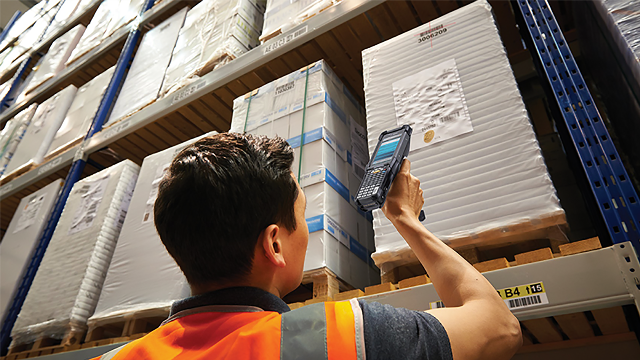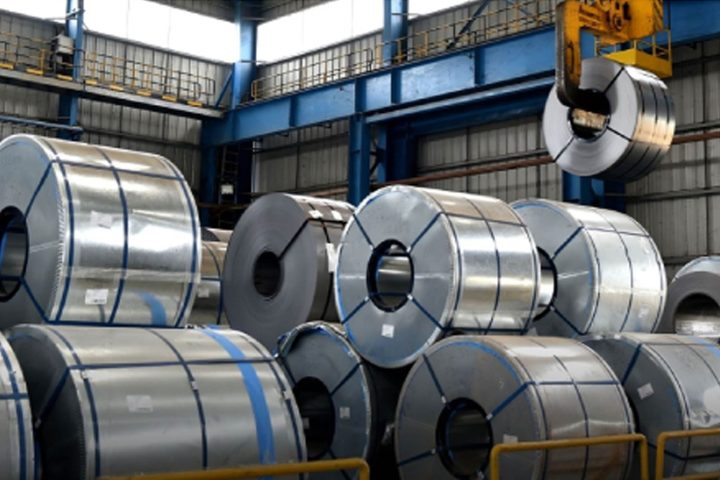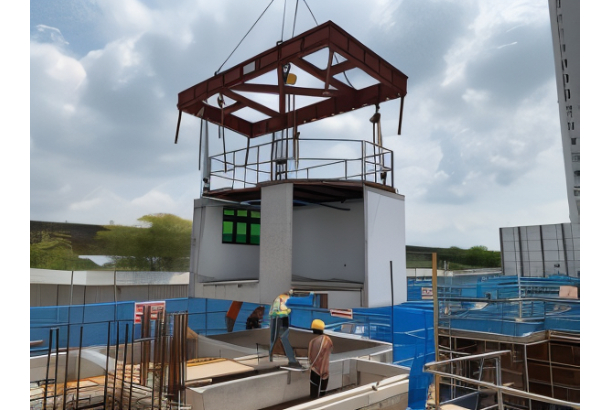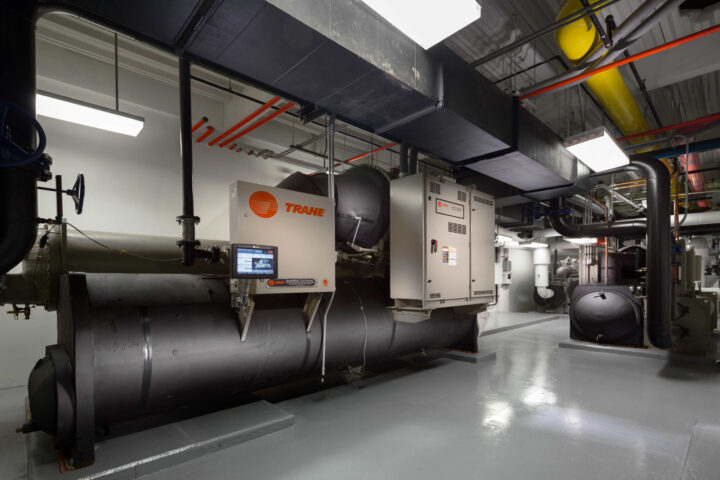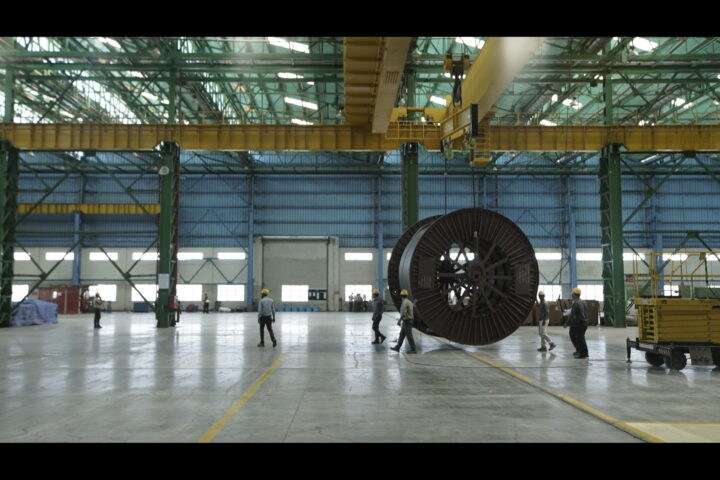by Deven Pabaru, CEO, Stellar Value Chain Solutions
The rapid growth of e-commerce has brought in fundamental changes in the warehousing and supply chain operations. The demand for managing voluminous SKUs along with a reduced margin of error and quicker response time has challenged the conventional narrative or the traditional fulfilment model of warehousing. So, the warehouses need to upgrade their efficiency and service delivery standards to match the growing demand. And, the transformation is essentially a tech-led one which involves adoption of Internet of Things (IoT), artificial intelligence (AI), blockchain, etc. The digital transformation will definitely have a positive impact on the supply chain agility.
The hyper-competitiveness of e-commerce has interlinked these three critical parameters – speed, SKU management and profitability. And to tick all the three boxes, warehouses across India are adopting automation and other advanced technologies. Automation, in particular, is playing a key role in enhancing cost efficiency and operational efficiency. With the implementation of IoT leading to greater visibility and transparency, modern warehousing is boosting flexibility and sustainability of the supply chain leveraging these benefits. At a time when product life cycle is moving towards data-driven cost efficiency, the warehousing as well as supply chain need to synchronise operations with the evolving realities.
Warehouses are now fast transforming from a space to store inventory to dynamic distribution centres. Warehouses stuffed with products or merchandise for an indefinite period of time due to the absence of adequate planning slow down supply chain movement. It's about time that supply chain players respond to the changing market condition. As same day or next day delivery as well as order modifications have become the new normal, warehouses now require superior optimization of space, manpower and technology to build efficiency. Warehouses in the time of e-commerce boom must develop competencies to scale up operations efficiently, as managing multiplicity of products and clients has emerged as the new-age market demand. The modern warehouses along with the supply chain operations must develop the flexibility to cater to the rapid growth in demand by planning tech-enabled and data-driven fulfilment functions. The challenge for the warehousing and supply chain operations at the moment is to navigate the unpredictable changes in the market demand.
The transformation of warehouses from conventional back office operations to value-driving operations is mainly driven by the deployment of digital tools and efficient data capturing. Smartphones and various other mobile devices have added to the efficiency and mobility of the warehousing operations. The ability to access data on the go has enhanced the decision-making ability of the people employed in warehouses.
Pre-positioning of the merchandise:
To accelerate the procurement, distribution and replenishment of products, e-commerce players are aggressively opting for predictive models. Based on the parameters such as delivery preference, cost-to-serve, etc., e-commerce companies are segregating the customer segments to optimise the distribution or order fulfilment model. Analysing the demand trend, companies are pre-positioning the merchandise in close proximity to the demand centres to cut down the transit time and enhance last-mile delivery efficiency. Therefore, the combination of remote warehouses to fulfil usual order deliveries and smaller Grade A-complaint, multi-storey warehouses or fulfilment centres at the strategic locations to cater to the time-sensitive delivery requirements are influencing the buying decisions. Such an arrangement also adds to the company's profitability which is mainly driven by volume.
Adopting warehouse technologies:
As pre-emptive decision-making and predictive analysis of demand have become the cornerstone of warehouse and supply chain operations, supply chain management companies are increasingly switching to advanced technologies to boost competencies. Growing applications of IoT, robotics and automation are creating a sustainable framework for developing smart warehouses in the country. Although the adoption is yet to gather pace, the trend is surely moving towards a tech-driven future.
Accelerating automation:
Although automation hasn't witnessed wider adoption so far in India, it has become an integral part of the advanced warehouse management framework. Automation helps in achieving precision and speed in pick and pack operations, thus enhancing customer satisfaction. Picking efficiency, automated sorting and palletising systems matter when it comes to handling massive volume of SKUs. In the context of the warehousing narrative of our country, automation in fact complements efficiency of human capital. Thanks to tech-enabled quality control mechanisms, strengthened carton selection and pick to light process, human resources optimization has become more result-driven. Warehouse employees equipped with handheld devices with wireless communications are always better positioned to deliver superior efficiency, thus strengthening supply chain delivery capabilities.
With the evolution of the business model, warehousing and supply chain are also transforming to meet the evolving requirements. New-age e-commerce businesses want superior end-to-end visibility and control over inventory as well as effective predictability of the product demand to amplify customer satisfaction. Keeping that trend in mind, a number of warehouses with progressive leaderships are building competencies to capture and interpret data to achieve precision in anticipating demand and stock movement as well as enhance warehouse capacity and asset utilization. A highly optimized warehousing framework adds to the efficiency of supply chain catering to the e-commerce logistics demands.


